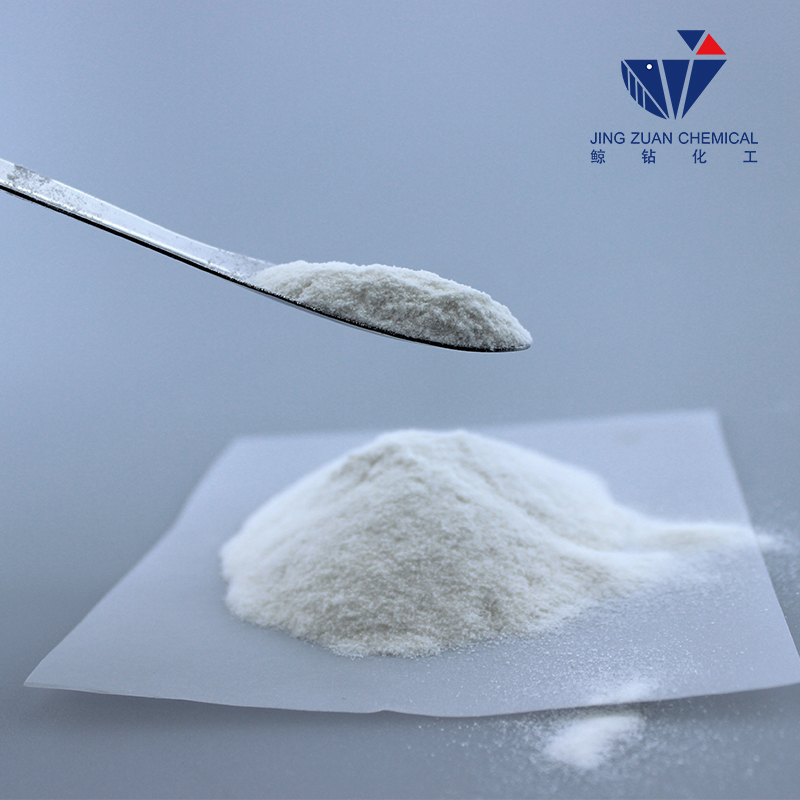
Dec . 09, 2024 23:11 Back to list
Viscosity Characteristics of Various HPMC Grades for Enhanced Application Performance
Overview of HPMC Grades and Their Viscosity Properties
Hydroxypropyl Methylcellulose (HPMC) is a versatile and widely used cellulose derivative, known for its unique properties that make it an essential ingredient in various industries, including pharmaceuticals, food, cosmetics, and construction. Understanding the different grades of HPMC and their corresponding viscosity characteristics is crucial for manufacturers and formulators. This article explores the various HPMC grades, their viscosity measurements, and their applications.
Understanding HPMC
HPMC is synthesized through the chemical modification of cellulose, where hydroxyl groups are replaced with hydroxypropyl and methyl groups. This modification enhances the solubility and viscosity of cellulose, making HPMC an ideal choice for several formulations. The viscosity of HPMC solutions can significantly impact the performance and stability of products, thus making it a key parameter during formulation development.
HPMC Grades
HPMC grades vary based on the degree of substitution (DS), which defines the number of hydroxypropyl and methyl groups on the cellulose backbone. The primary classifications of HPMC grades include
1. Low Viscosity Grades These have a low degree of substitution and are typically characterized by a viscosity range of 2,000 to 5,000 mPas (milliPascal-seconds). Low viscosity HPMC is often used in applications where a thinner consistency is required, such as water-based paints and coatings.
2. Medium Viscosity Grades With a viscosity range of 5,000 to 15,000 mPas, medium viscosity HPMC is commonly employed in cosmetics and personal care products. It offers a balance of thickening properties while maintaining good flow characteristics, making it suitable for creams and lotions.
3. High Viscosity Grades High viscosity HPMC grades have a viscosity range exceeding 15,000 mPas. These grades are preferred in applications that require increased thickness and stability, such as in certain pharmaceutical formulations and gel-like products.
4. Specialty Grades Some HPMC grades are tailored for specific applications, such as those designed for controlled-release drug formulations or high-temperature applications in construction materials.
hpmc grades viscosity

Measuring Viscosity
Viscosity measurements of HPMC are typically conducted using a viscometer, which measures the resistance of a fluid to flow. The viscosity of HPMC solutions can be influenced by factors such as concentration, temperature, and the molecular weight of the polymer. As the concentration of HPMC increases, the consistency of the solution becomes more viscous. It is crucial for formulators to determine the appropriate viscosity for their specific applications to achieve desired performance levels.
Applications of HPMC
1. Pharmaceuticals HPMC is widely used as a binder, film-former, and matrix materials for drug delivery systems. Its ability to form viscous gels makes it suitable for various dosage forms, including tablets, capsules, and topical solutions.
2. Food Industry In food applications, HPMC serves as a thickening and stabilizing agent. It is frequently used in sauces, dressings, and dairy products to enhance texture and maintain product consistency.
3. Cosmetics and Personal Care HPMC is utilized in a range of cosmetic products to improve texture, stability, and skin feel. Its thickening properties are invaluable in creams, lotions, and gels.
4. Construction In the construction industry, HPMC acts as a water-retaining agent and improves the workability of materials such as mortar and tile adhesives. High viscosity grades are particularly beneficial in these applications.
Conclusion
The choice of HPMC grade and its viscosity properties play a critical role in the formulation of various products across different industries. Understanding the relationship between HPMC grades and their viscosity enables manufacturers to optimize formulations for performance and stability. As demand for innovative products continues to grow, so too does the need for precise knowledge of HPMC’s properties, paving the way for advancements in formulation technology. By leveraging the unique characteristics of HPMC, industries can create products that meet the evolving needs of consumers and the market.
-
Versatile Hpmc Uses in Different Industries
NewsJun.19,2025
-
Redispersible Powder's Role in Enhancing Durability of Construction Products
NewsJun.19,2025
-
Hydroxyethyl Cellulose Applications Driving Green Industrial Processes
NewsJun.19,2025
-
Exploring Different Redispersible Polymer Powder
NewsJun.19,2025
-
Choosing the Right Mortar Bonding Agent
NewsJun.19,2025
-
Applications and Significance of China Hpmc in Modern Industries
NewsJun.19,2025







